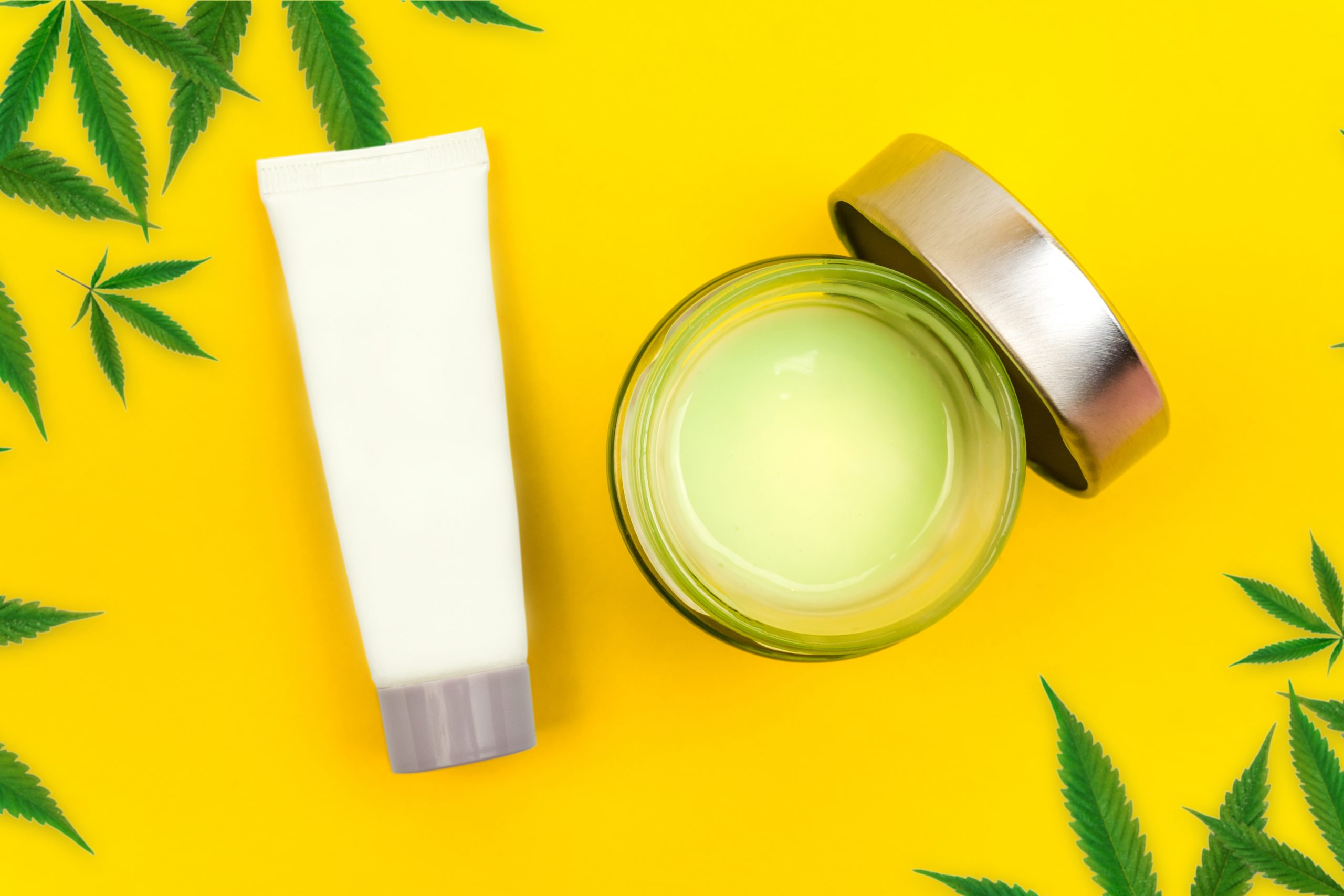
Although researchers have been studying cannabidiol (or CBD for short) since the ’70s, 2018 marked a turning point in its history: The 2018 Cannabis Act in Canada and the historic 2018 Farm Bill in the US provided clear legal frameworks for the regulation of hemp, starting a period of renewed interest in phytocannabinoids and particularly CBD.
This non-psychoactive component of the Cannabis sativa plant leaped into the spotlight after several highly-publicized cases of epileptic children whose symptoms were eased by CBD came to the public’s attention.
Subsequent research has shown CBD’s potential ability to help with a great variety of ailments, including:
Although further research is needed to verify CBD’s therapeutic uses, the compound’s potential is staggering, and interest in hemp-derived products has soared to an all-time high. Consumers can choose from a plethora of CBD-infused products, including oil, capsules, chocolate, beer, and even toothpicks!
CBD creams and topicals are some of the most popular items on the market today. Consumers increasingly turn to CBD-infused creams and salves for relief from discomforts ranging from skin problems to joint and muscle pain.
Let’s take a closer look at CBD topicals and their uses, so you can decide if CBD creams, lotions, and salves are right for you.
CBD creams are made by infusing CBD isolates or distillates with a carrier oil, such as:
Since CBD will not dissolve in water-based products, CBD creams and topicals must have an oily base.
A typical CBD cream might contain CBD isolate, full-spectrum CBD, or broad-spectrum distillate. Isolates contain pure CBD, usually around 98%. Full-spectrum CBD includes all of the components from the hemp plants to take advantage of the entourage effect. Full-spectrum CBD includes up to the legal limit of .3% THC. Broad-spectrum distillates preserve most components of the hemp plant, except delta-9 THC.
According to research dating back to the early 1990s, CBD interacts with your endocannabinoid system, a set of transmitters that aid the body in achieving balance, or homeostasis. The endocannabinoid system helps to balance essential functions, such as:
When applied topically, CBD is absorbed into the body and binds to several endocannabinoid receptors on your skin.
Recent research has discovered that CBD influences the TRPV1 receptor, which relates to pain and inflammation.
Please note that CBD is not a cure for conditions relating to inflammation and pain. Sore knees showing signs of osteoarthritis won’t grow new cartilage when you apply CBD cream. Instead, CBD topicals can help you manage the pain and swelling in a particular joint.
Consumers are choosing CBD creams and other topicals for numerous skin conditions, including:
Although CBD can’t provide a cure for these skin conditions, many consumers report that CBD creams have improved their symptoms.
The main difference between CBD salves, lotions, and creams is the consistency of the ointment. Topical manufacturers formulate each of their CBD products differently depending upon their intended use.
CBD lotions have a higher water-to-oil ratio than other topicals. Lotions have a light, non-greasy consistency that makes it easy to rub into the skin’s pores.
CBD Creams are thicker than lotions, but they also absorb into the skin faster. Creams typically use a capturing agent, such as a petroleum product, to hold the CBD against the skin and retain moisture.
Salves are similar to creams but lack water. Manufacturers of CBD salves usually use a base of oil and wax. Serums are concentrated forms of skincare products that are allowed to evaporate.
To help with joints, massage CBD cream directly into the affected area. You may also want to gently massage CBD cream on areas of facial discoloration and inflammation. Try the products as directed for two weeks, and consider keeping a journal or photo diary to note what happens to the problem areas.
If you’re happy with the outcome, you may want to increase your CBD topical use frequency. Remember, CBD cream contains a host of antioxidants and vitamins, so it’s a terrific way to support sagging skin and even reduce the signs of wrinkles.
You can also use CBD cream as a preemptive treatment. If you’re getting ready for the gym, dancing, or a long hike, you can apply CBD cream to your knees or feet. After your exercise, you may want to reapply CBD cream for a post-workout massage.
Most people who experience an allergic reaction to CBD cream respond to the carrier oil rather than the CBD isolate or distillate. You can avoid unwanted skin rashes by choosing a hypoallergenic CBD cream. Before putting CBD cream on your face to address inflammation, discoloration, or thinning skin, you should try a small test spot on your wrist or ankle.
As you can see, CBD creams and topicals may be a valuable part of maintaining healthy and glowing skin. Before choosing a CBD topical, decide if you would like a product containing CBD isolate, broad-spectrum CBD, or full-spectrum CBD. Next, determine whether a lotion, cream, salve, or serum would best suit your needs. Lastly, select a hypoallergenic CBD cream and test on a small area, especially if you have sensitive skin.
Another factor to consider is whether you would prefer an unscented or scented CBD cream. Many CBD manufacturers include essential oils in their topical products. Lavender can soothe your mind while supporting sore joints, and peppermint can brighten your thoughts as you massage a sore muscle. If you can’t tolerate scents, you’ll also find plenty of unscented CBD products.